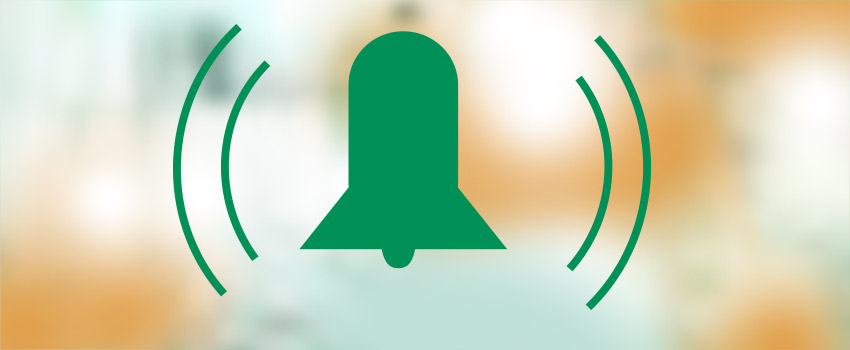In this section we repeated alert notices from the RASFF system of the European commission issued in the previous month, which we thought to be noteworthy and of interest to our clients.
We will refrain from repeating the numerous reports on mycotoxin and salmonella limit violations here. It is always the same countries of origin and matrices that are affected. However, we like to put your attention to the fact that in numerous cases missing allergen information was categorized as serious and caused border rejections too.
You can analyze the RASFF-site conveniently by yourself using several filter options and limit the notification to those which are of direct interest to your business.
We will screen the RASFF listing week by week also in future selecting challenging findings in our opinion.
- Bisphenol A: Bisphenol-A (BPA) and cyclo-di-BADGE (CdB) in canned coconut cream from Thailand;
- Ethylene oxide/2-Chlorethanol: in fenugreek leaves (2), fennel seeds, cumin seeds, gymnema powder extract, tamarind extract and in garciania extract from India; in xanthan gum from China; in emulsifying agent and locust bean gum (2) from Turkey; in flax seed extract from China; n the ingredient used for ice cream and in ice cream from France (2); wheat gluten from France; 2-Chlorethanol in food supplements from India (2) and from France; in instant rice noodles from Vietnam and from South Korea widely distributed and meanwhile recalled in most European countries; in turmeric used in mixture with cereals from Germany;
- Heavy and toxic metals: Cadmium in dried organic mung beans from Uzbekistan; mercury in fish from Indonesia (3), Spain, Portugal and from France;
- Histamine: in chilled tuna from the Netherlands;
- Hydrocyanic acid: high levels in apricot kernels from Greece, Pakistan, Uzbekistan (3) and Tajikistan;
- Listeria monocytogenes: in raw milk goat cheese from France (2); in smoked and oiled salted herrings from Poland; in smoked salmon from France (2) and from Ireland; in sweet potato hummus from Sweden;
- Mycotoxins: Aflatoxin B1 in Basmati rice from India and Pakistan (3); Aflatoxins in millet flour from Senegal; Ochratoxin in Basmati rice from Pakistan;
- Nicotine: in dried porcini mushrooms from Italy (2);
- Norovirus: in oysters from France (3); *
- PAH: Antraquinon in mate tea from the Netherlands;
- Pesticides: unauthorised pesticide chlorpyriphos in durum wheat flour from India, in pickled vine leaves from Egypt and in raisins from the Netherlands; high level of chlorate in Pangasius fillet from Vietnam;
- VTEC/STEC: Shigatoxine-producing Escherichia coli in raw milk cheese from France; STEC in bovine meat from Brazil; in frozen lamb meat from New Zealand;
- Sudan dyes and other unauthorized colorants: Unauthorised colours Sudan III and IV in palm oil from Ghana; unauthorised use of the dye rhodamine B in pickled turnips from Poland;
- THC / CBD: High content of tetrahydrocannabinol in CBD oil from Netherlands and in CBD oil from Poland;
* YOUR PLUS: Our laboratory AGROLAB Blasy-Busse is allowed to work with pathogenic food viruses and offers also analysis for Norovirus.
Link:
Author: Dr. Frank Mörsberger

 Contact
Contact

 Contact
Contact Career
Career